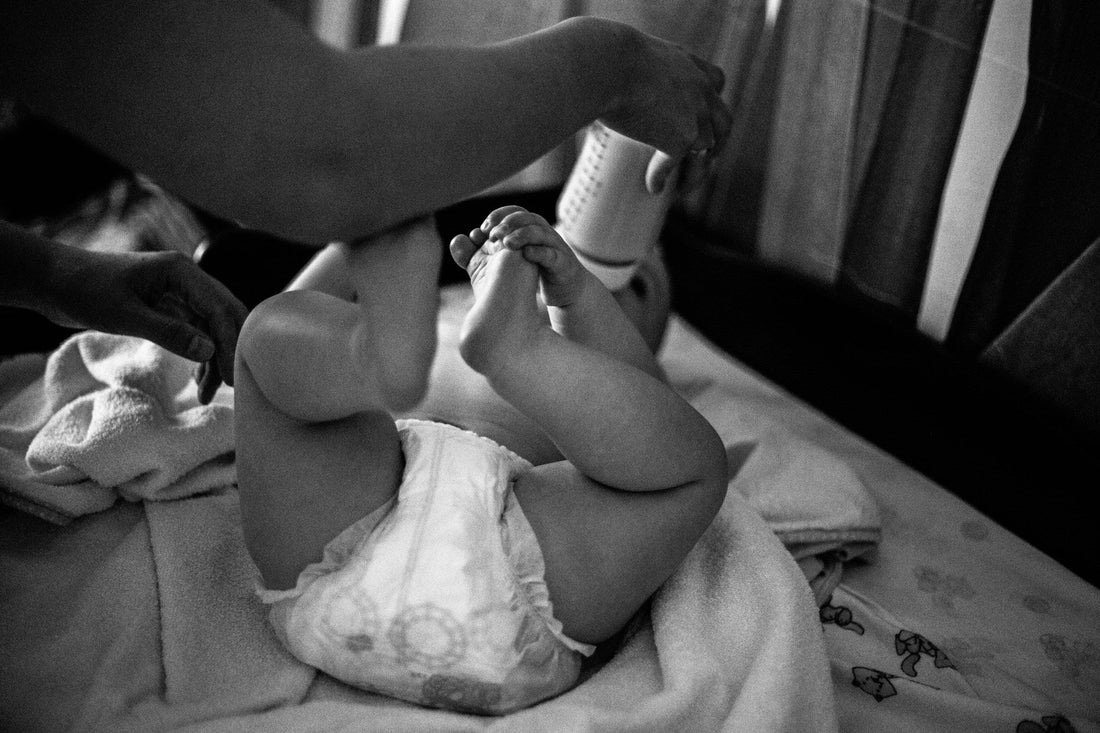
Baby Feeding Guide: From Breastfeeding to First Solid Foods
Share
Supporting Your Baby’s Nutrition Every Step of the Way
Feeding your baby is one of the most important aspects of their early development. Proper nutrition fuels growth, strengthens the immune system, and lays the foundation for healthy eating habits. From the very first breastfeed to introducing solids, understanding your baby’s nutritional needs is essential for every parent.
🌟 The Benefits of Breastfeeding
Breastfeeding is widely recommended for infants for many reasons:
-
Optimal Nutrition: Breast milk contains the perfect balance of proteins, fats, and carbohydrates tailored to your baby’s needs.
-
Immune Support: Antibodies in breast milk help protect babies from infections and illnesses.
-
Bonding Time: Skin-to-skin contact during breastfeeding promotes emotional connection and security.
Even if breastfeeding is not possible, fortified formula is a safe and nutritious alternative that ensures your baby receives the essential nutrients they need.
🍼 Choosing the Right Bottle and Formula
For parents who use formula, selecting the right product is crucial:
-
Age-appropriate formula: Different stages are designed to meet evolving nutritional needs.
-
Safe feeding equipment: Bottles, nipples, and sterilizers must be easy to clean and BPA-free.
-
Monitoring intake: Keeping track of how much your baby consumes ensures proper growth.
Choosing the right combination of formula and bottles helps maintain feeding consistency and your baby’s comfort.
🍌 Introducing Solid Foods
Around 6 months, most babies are ready to start solids. Signs of readiness include:
-
Sitting up with minimal support
-
Showing interest in food
-
Ability to move food from a spoon into their mouth
Start with simple, single-ingredient foods such as:
-
Pureed vegetables: sweet potatoes, carrots, peas
-
Fruits: apples, bananas, pears
-
Iron-fortified cereals
Introduce one new food at a time and wait a few days before trying another to monitor for allergies or sensitivities.
🥄 Feeding Tips for Success
-
Small portions: Start with just a teaspoon or two and gradually increase.
-
Texture progression: Move from purees to mashed foods, then soft finger foods.
-
Positive mealtime environment: Encourage exploration and self-feeding, and avoid pressuring your baby to finish food.
Creating a positive feeding experience helps your baby develop healthy eating habits for life.
✅ Safety and Hygiene
-
Wash hands before feeding and sanitize utensils.
-
Avoid honey or cow’s milk before 12 months.
-
Always supervise your baby while eating to prevent choking.
Prioritizing safety ensures that mealtimes are both nutritious and stress-free.
🏡 Final Thoughts
Feeding your baby is a journey, from the very first latch to their first solid bite. Understanding your baby’s nutritional needs, observing readiness cues, and gradually introducing new foods lays the groundwork for healthy growth, a strong immune system, and a lifelong love of food.
With careful planning and attention, mealtimes can be enjoyable, nourishing, and stress-free for both babies and parents.
